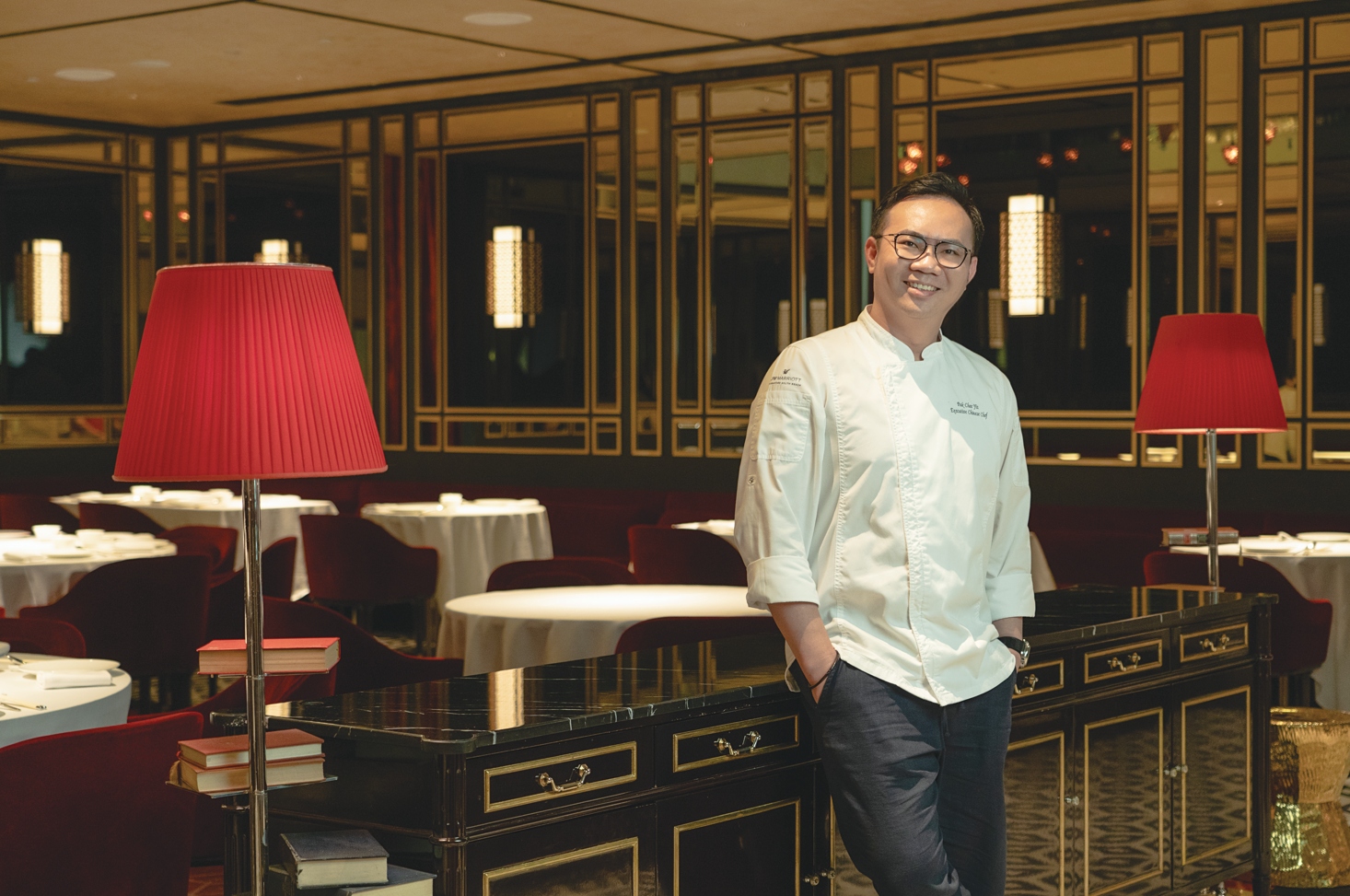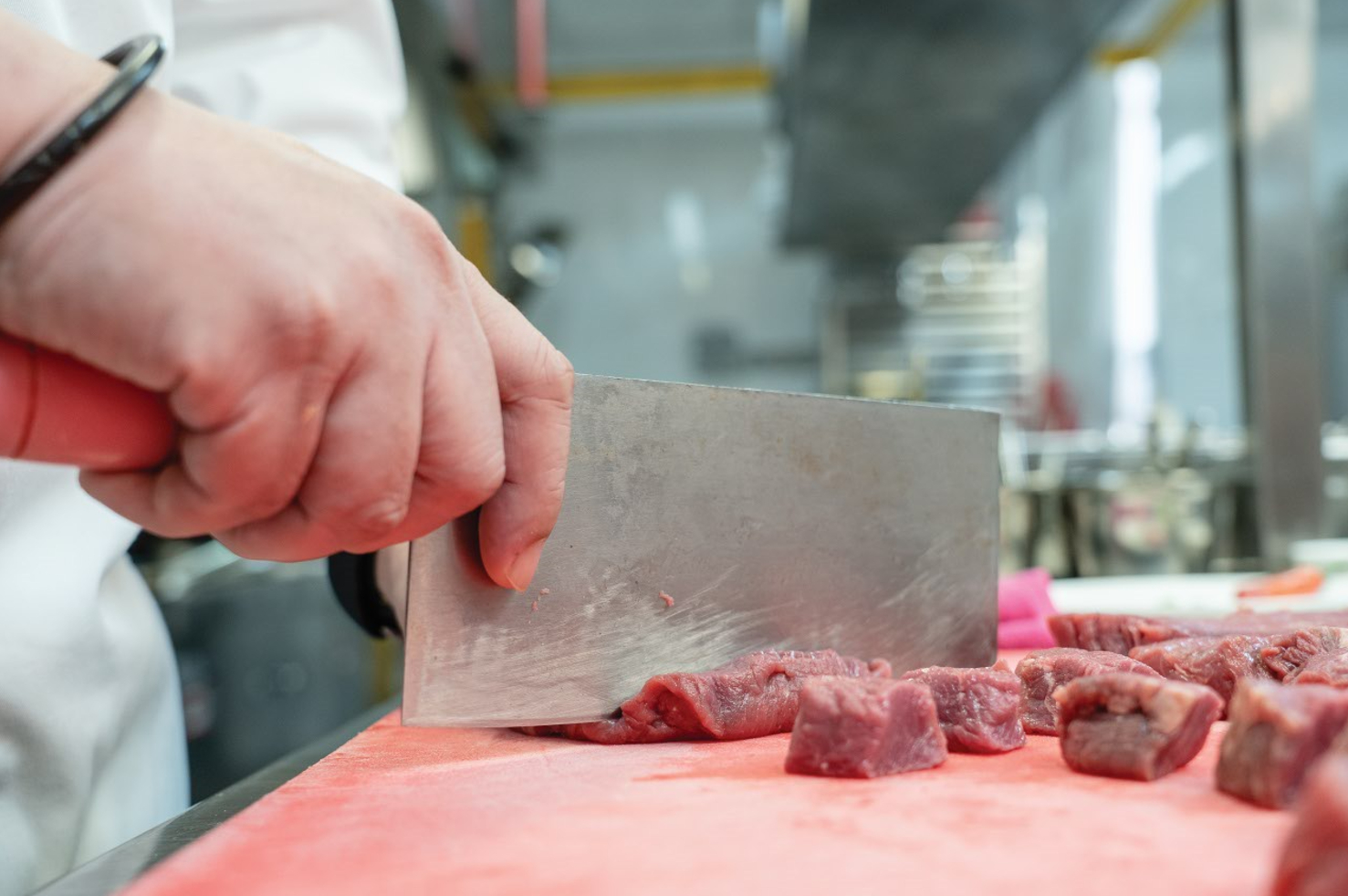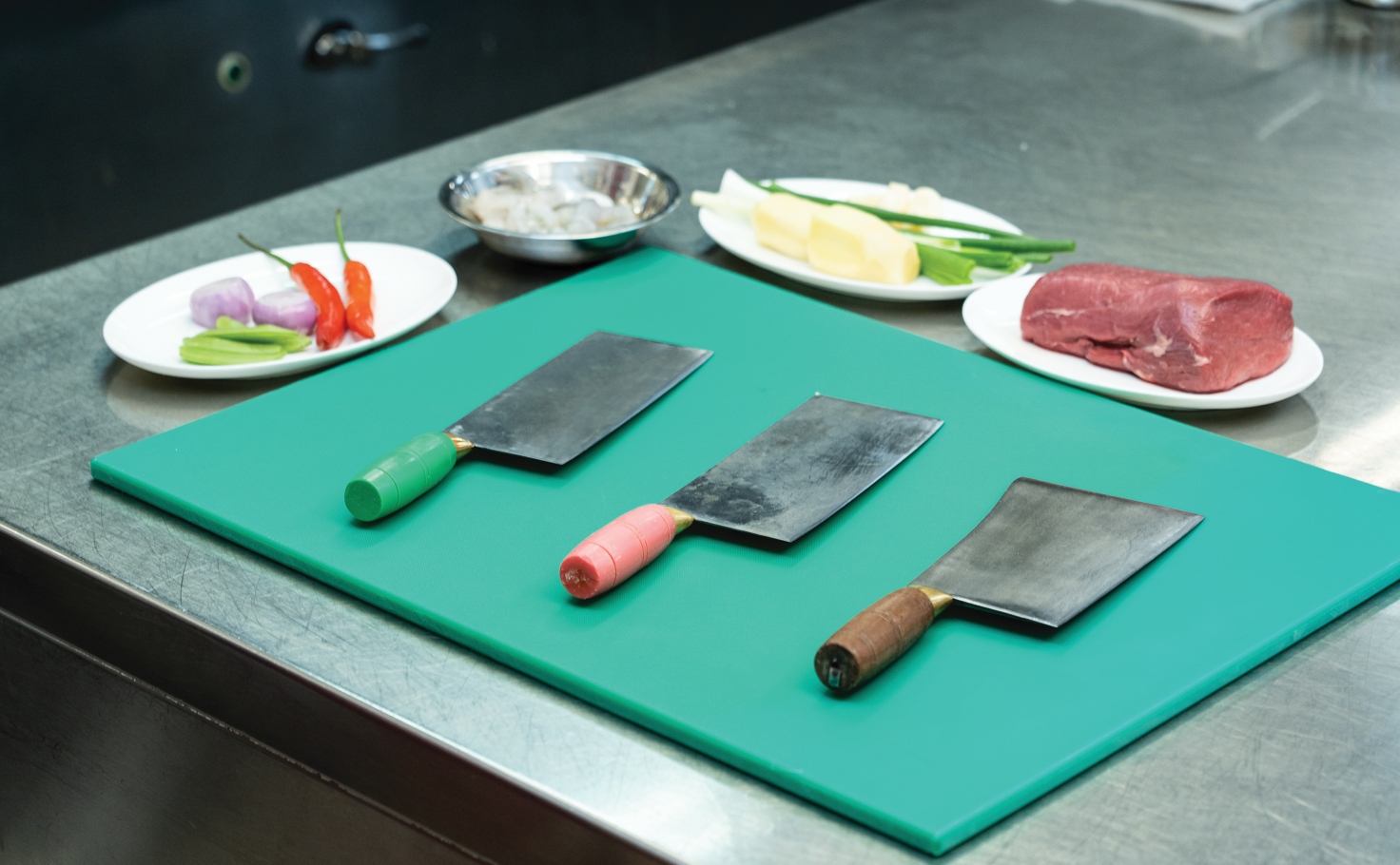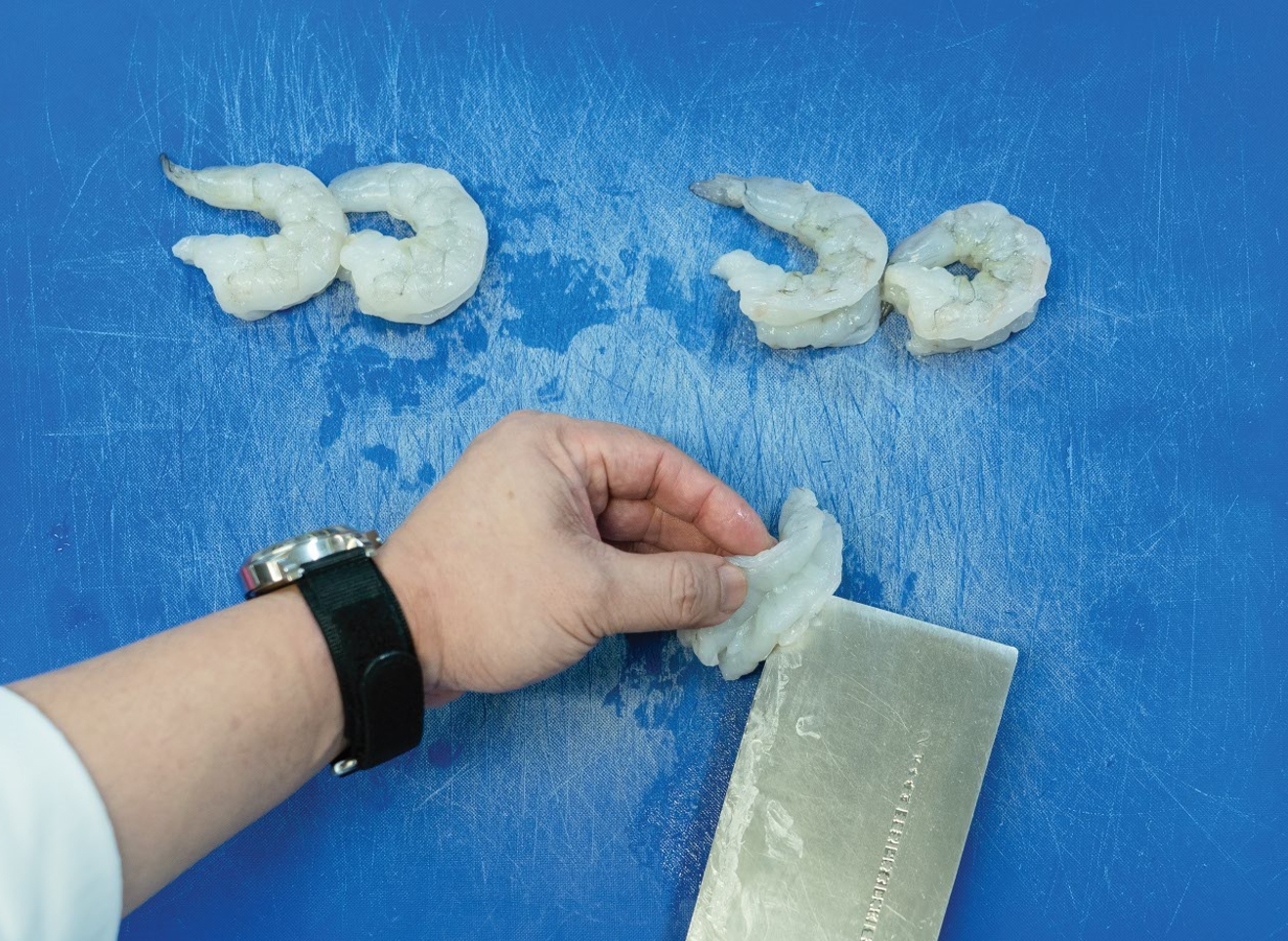Executive chef Pak Chee Yit of Madame Fan reveals why knife skills and cutting techniques are essential in a Chinese kitchen, and shares tips on how to sharpen a home-cooking game.

Chefs who do not consider good blades essential are rare. Knife skills are crucial to all styles of cooking, and even more so in fine Chinese cuisine where they form the fundamentals. According to The Chinese Cook’s Knife (2021), flaunting deft knife skills in the Orient is not just about highlighting aesthetics but creating textures and ensuring ingredients cook properly. So, what is the essence of this skill?

“In Chinese cooking, the way an ingredient is cut is as important as the way it is cooked. Learning how to handle your ingredients is the foundation of our cuisine,” explains executive chef Pak Chee Yit of Madame Fan, a contemporary Cantonese restaurant at JW Marriott Singapore South Beach. “They not only affect the shape, presentation and visual quality of a dish but also its taste.”
His Boston Lobster with Wonton Noodles is prepared with a thick cleaver knife, whereas beef cuts are sliced in the opposite direction of the marbling to prevent them from falling apart. The range of cutting techniques is as varied as the tools involved – a pseudo-art form that took Pak two years to master.
While most Chinese knives are referred to as “cleavers” in English (likely a consequence of their outward resemblance to a Western-style cleaver), each has its place in the kitchen. The difference lies in the thickness of each knife, according to the chef. Knives meant for chopping through meats and bones are typically heavier and thicker, while those designed for precision-heavy tasks like slicing and dicing are thinner.

In fact, Pak enthusiastically demonstrated his prowess with three primary types of Chinese cutting techniques during our interview. There’s the pull cut, where the heel of the blade is engaged and pulled towards the wielder in a single, swift stroke. The technique is used to minimise bruising of tender greens or for cutting up raw meats that tend to stick to the blade. The back slice, also known as “chiffonade” in French cooking, is used to create fine slices of delicate ingredients like herbs and spices. Pak also showed us the chop technique which minces large quantities of meat, seafood and vegetables.
The skill, he stresses, is not a manual alternative to a food processor or a meat grinder – at least in Chinese cooking. Instead, it is used in place of blending for the dish to achieve a distinctly different, lighter and softer texture. Think Lion’s Head meatballs or a traditional Cantonese steamed meat patty.

And for us average Joes at home, safe handling is paramount. “Always look out for your non-dominant hand while you’re holding the knife in your dominant hand. Hold the knife low and close to the chopping board to prevent accidents,” advises Pak. “Do not overthink your dish. Keep the list of ingredients required to a minimum so you have better control over the process.”